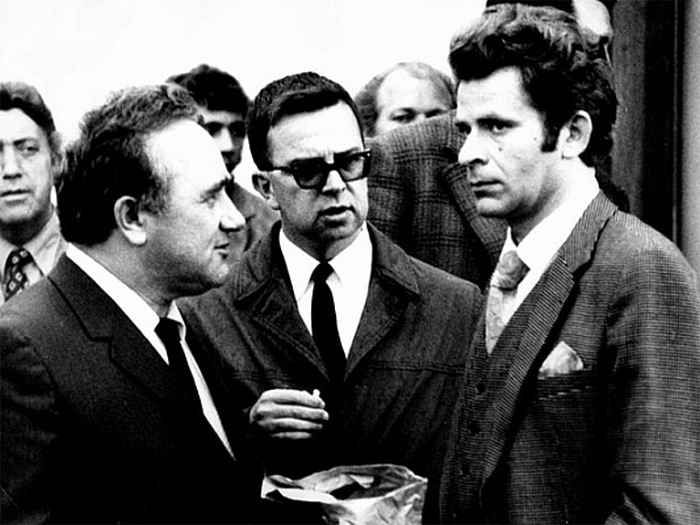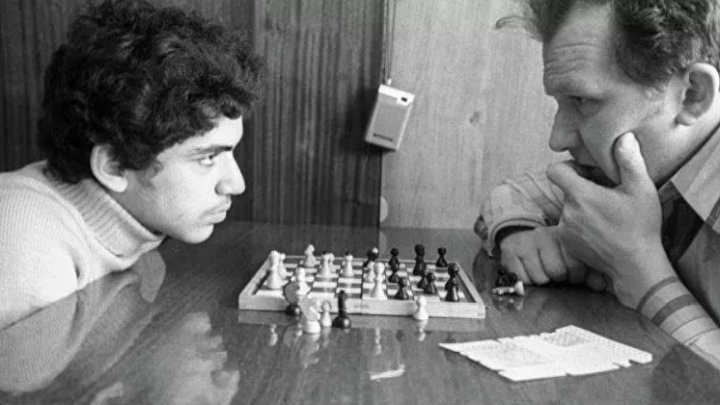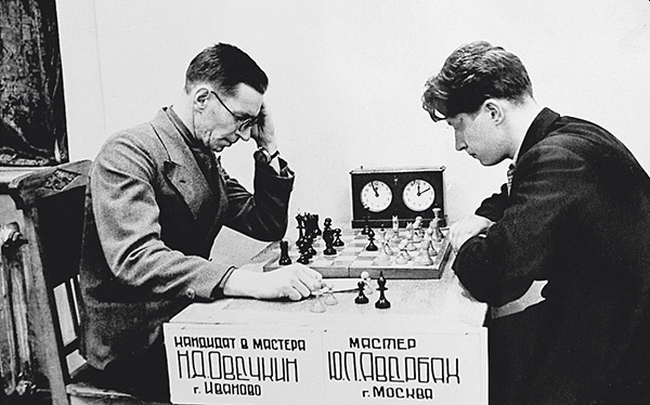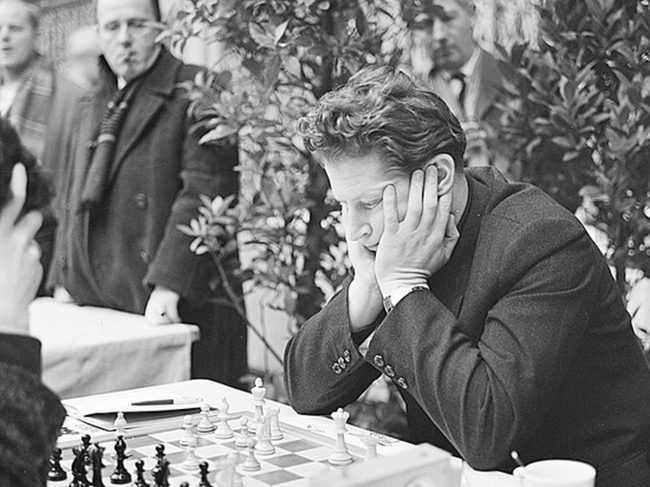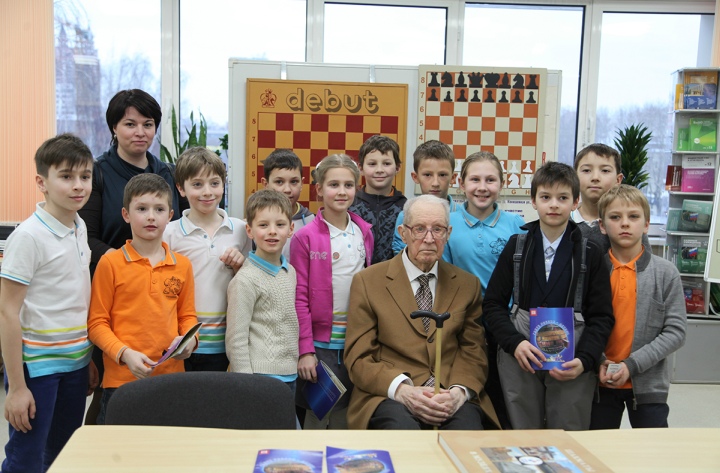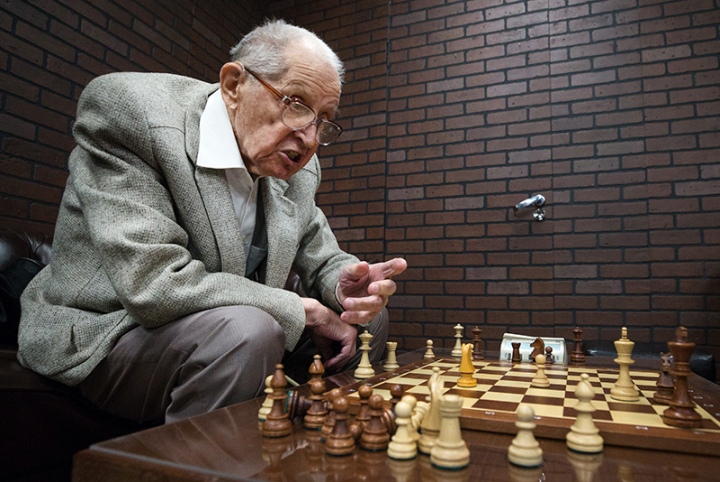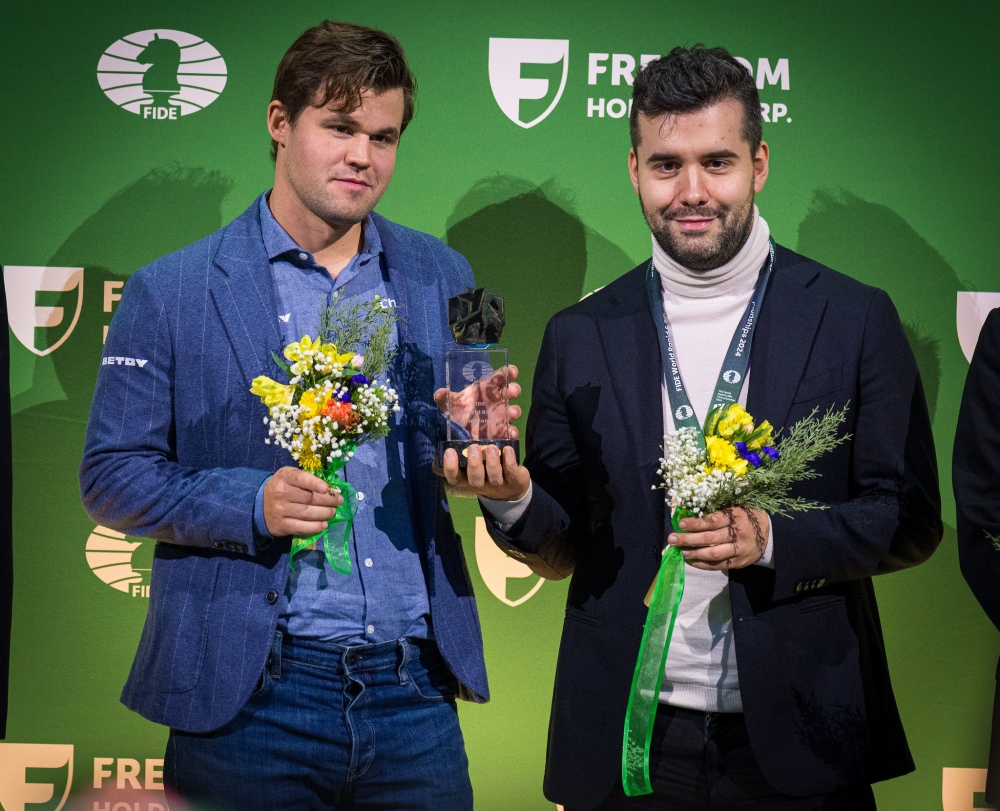
The 2024 FIDE World Blitz Championship concluded with high drama, as Magnus Carlsen and Ian Nepomniachtchi shared the Open title after an intense tiebreak match, while Ju Wenjun clinched the Women’s Blitz crown by defeating Lei Tingjie in the final.
As Asia and Europe were celebrating the arrival of 2025, on the other side of the Atlantic 16 Grandmasters – eight in the Open and eight in the Women’s competition – were fighting in the knockout stages of the 2024 FIDE World Blitz Championship, sponsored by Freedom Holding.
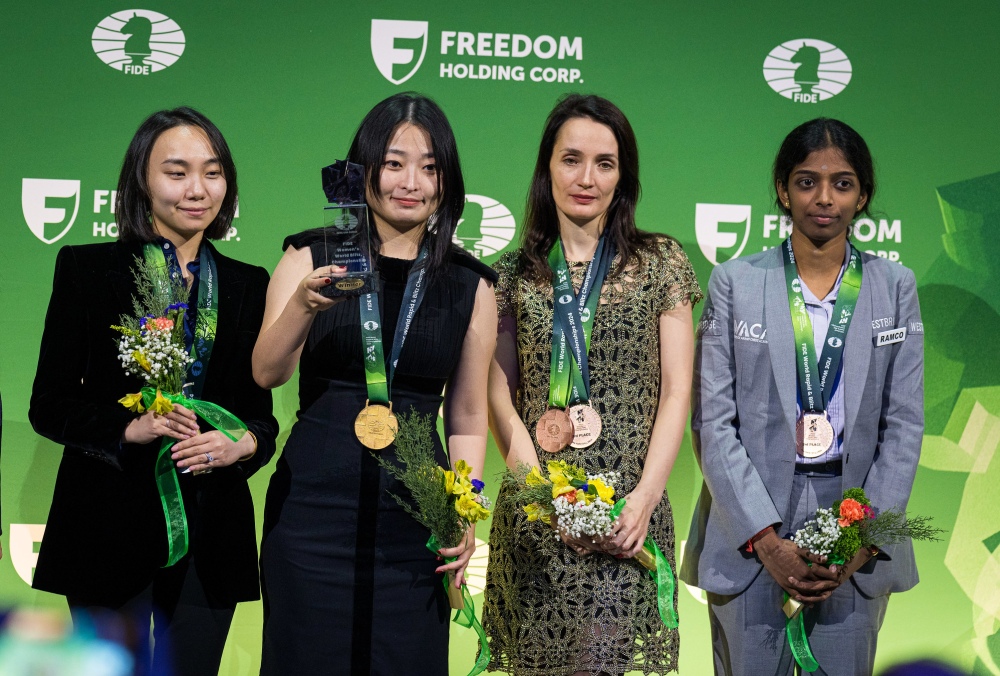
The 2024 FIDE World Blitz championship showcased some of the fiercest battles in recent memory. The knockout stages featured 16 of the world’s top Grandmasters—eight in each category—competing through quarterfinals, semifinals, and finals to determine the champions.
Carlsen and Nepomniachtchi share glory
The defending Blitz champion Magnus Carlsen started the day with an early loss to Hans Niemann, but then overcame him and raced by Jan-Krzystof Duda to reach the finals. On the other side of the bracket, Ian Nepomniachtchi displayed strength and resilience, defeating newly crowned Rapid Champion Volodar Murzin and outlasting Wesley So in a tense semifinal tiebreak.
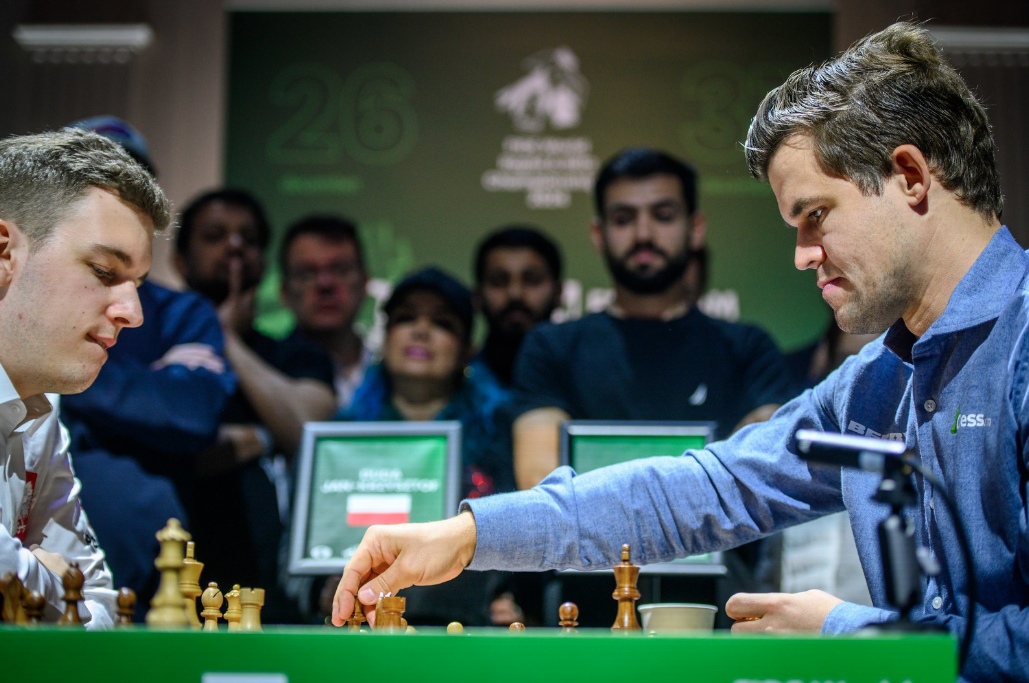
In the final, Carlsen was on the brink of victory after taking a 2-0 lead in a four-game match. Nepomniachtchi, however, mounted a dramatic comeback, winning the next two games in style, to level the score. The ensuing tiebreaks featured three razor-sharp, exhausting battles, with neither player able to gain a decisive advantage with the score standing at 3.5:3.5.
At this point, Carlsen stood up and publicly suggested to his opponent that they propose to split the crown. After some thought, Nepomniachtchi accepted. The two approached the Chief Arbiter and explained their view – arguing they were both tired and had shown they were levelled.
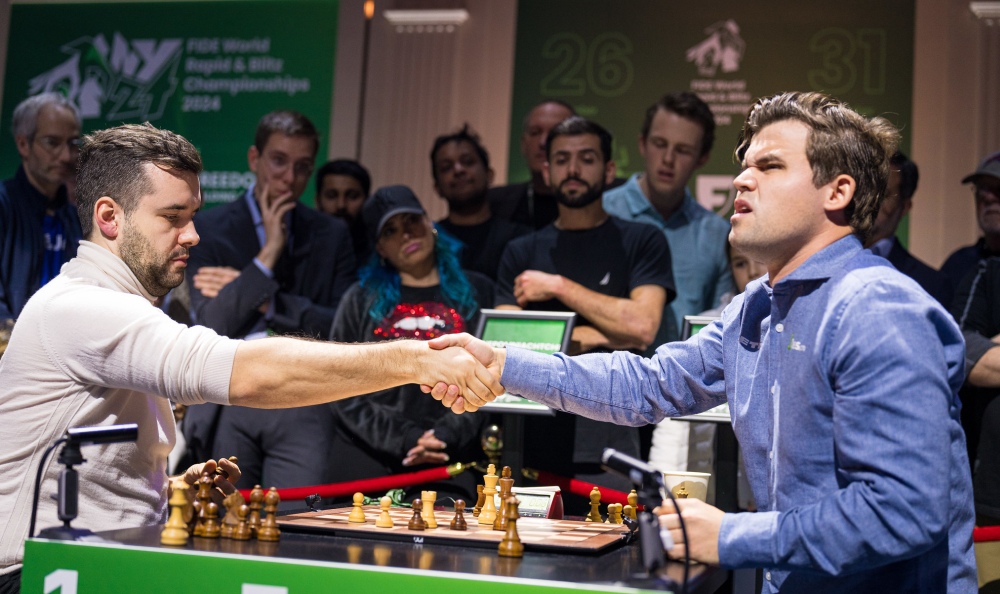
“If we continued, either side would have won because of exhaustion, and that would have been cruel on both of us,” Carlsen later explained. In line with the Regulations of the event that allow the FIDE President to make the final decision in unforeseen circumstances (Tournament regulations, Scope, 1.4), the request was sent to Mr. Arkady Dvorkovich. The FIDE President accepted the proposal, and it was agreed that the two will share first place, without a silver medal being awarded.
In the press conference, Carlsen reflected on the decision: “I believe the audience could understand that we were both very tired and nervous. Some people are going to like this; some people are not. It is what it is.”
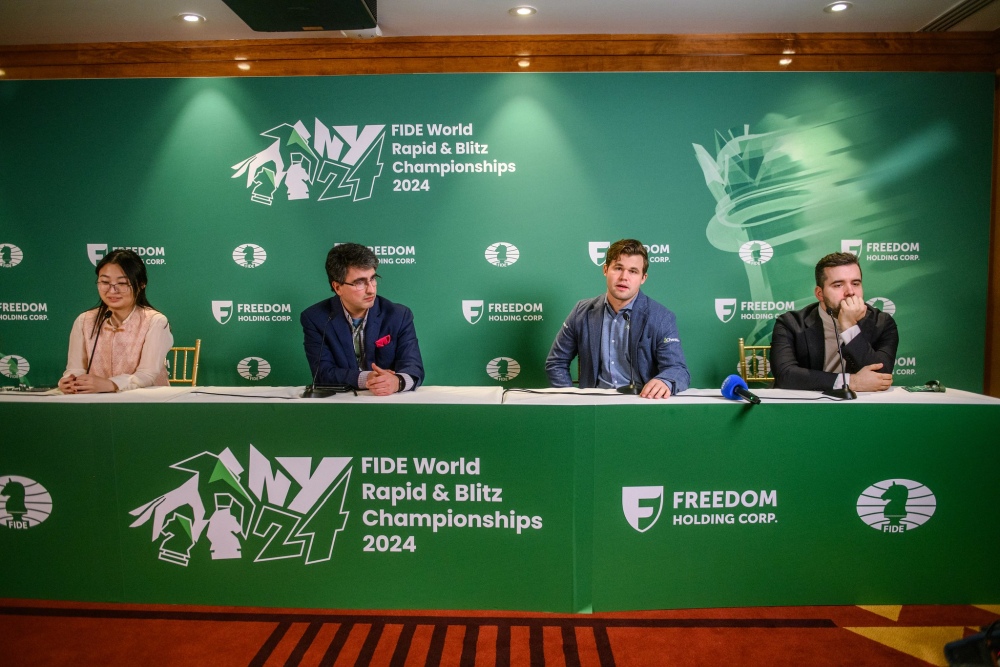
Nepomniachtchi expressed satisfaction with the outcome: “It was a long and exhausting match where I had to make a comeback after losing two games.”
Ju Wenjun prevails in all-Chinese Women’s final
The Women’s Blitz Championship was equally gripping, culminating in an all-Chinese showdown between reigning Women’s World Champion Ju Wenjun and Lei Tingjie (who in 2023 unsuccessfully challenged Ju for the world crown in classical chess).
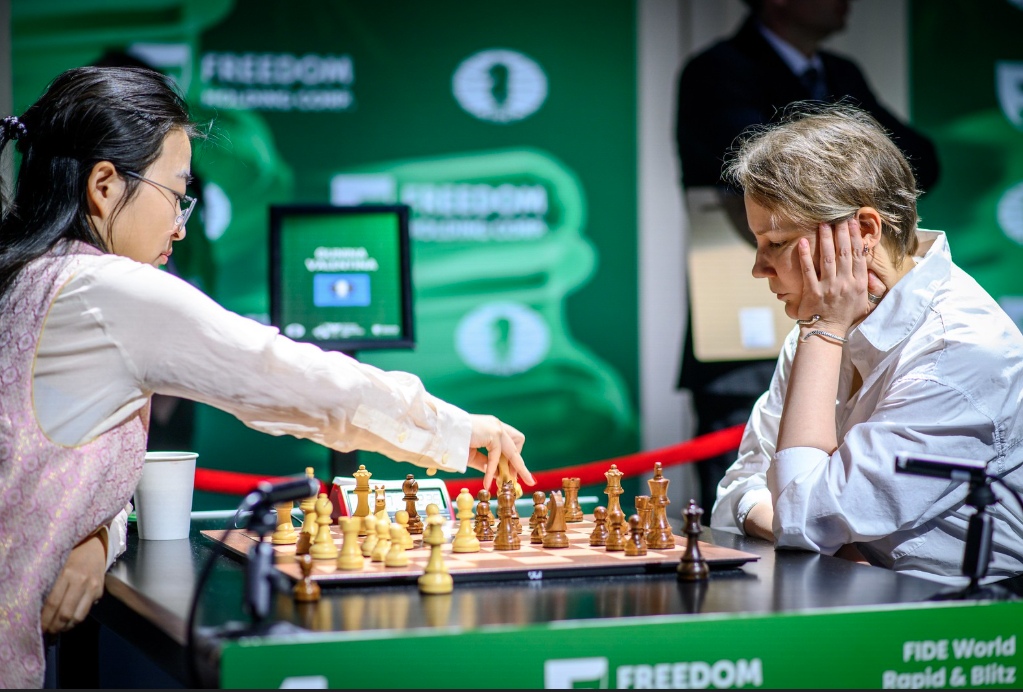
Ju dominated the early rounds, defeating defending Blitz champion Valentina Gunina in the quarterfinals and overcoming India’s Vaishali Rameshbabu in the semifinals. Lei, by contrast, faced a tougher path, narrowly defeating Bibisara Assaubayeva in the quarterfinals and requiring tiebreaks to edge out Kateryna Lagno in the semis.
The final match between Ju and Lei stretched to five grueling games, all of which ended in draws. In the second game of the tiebreak, Ju, playing with White, capitalized on an opening advantage and gradually increased the pressure, forcing Lei’s resignation and securing the title.
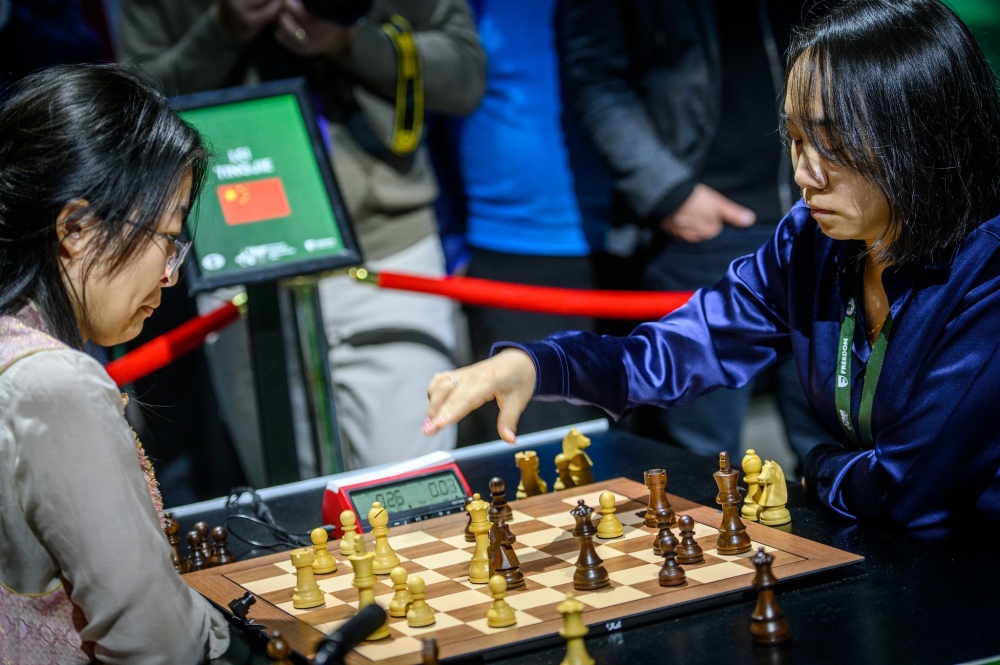
Ju expressed her gratitude and humility after the win: “We both played very well, and I was lucky. This tournament has been both challenging and exciting.”
A historic championship
Apart from the results, the 2024 FIDE World Blitz Championship introduced several novelties. Not only was the format changed to introduce a knockout competition, making the tournament more gripping, but this is also the first modern FIDE tournament to span across two years – starting in 2024 and ending with most of the world in 2025.
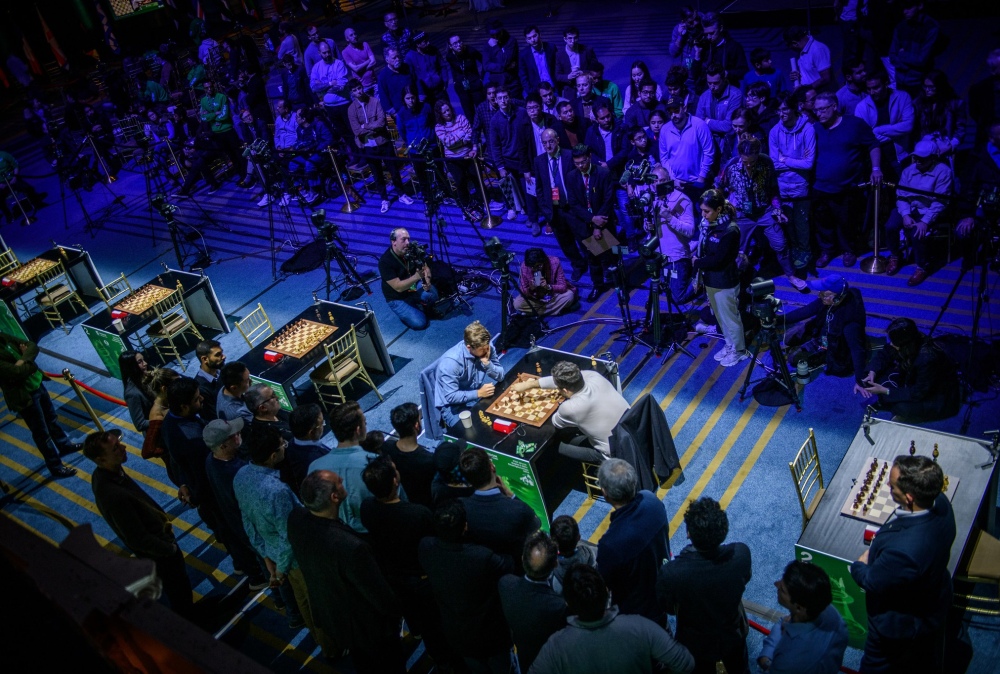
Combining high stakes, elite chess, and festive spirit, the hall at 55 Cipriani on Wall Street offered a fitting stage for a thrilling end to the year in which FIDE celebrated its first centenary. Combining elite chess, festive spirit, and new milestones, the tournament has left fans with much to remember—and debate—in the years to come.
Written by Milan Dinic
Photos: Lennart Ootes and Michal Walusza
All the information about the event, including results, news, images and regulations are available on the official event webpage: worldrapidandblitz.fide.com
The full schedule of the event is available here: Schedule – 2024 FIDE World Rapid and Blitz Championships.
Follow live commentary by Grandmasters and special guests on FIDE’s official YouTube Channel, starting on the 26th: FIDE chess – YouTube.



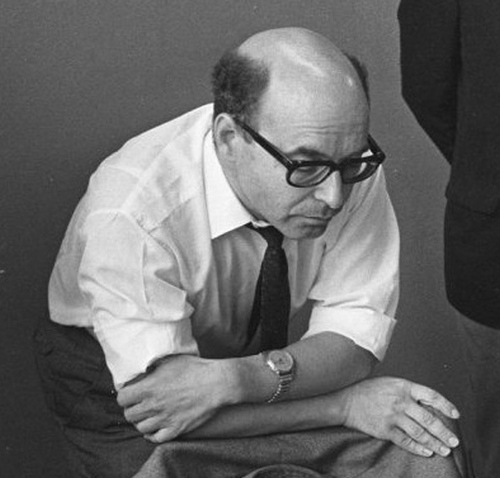 Photo: Eric Koch pour Anefo — Dutch National Archives, The Hague
Photo: Eric Koch pour Anefo — Dutch National Archives, The Hague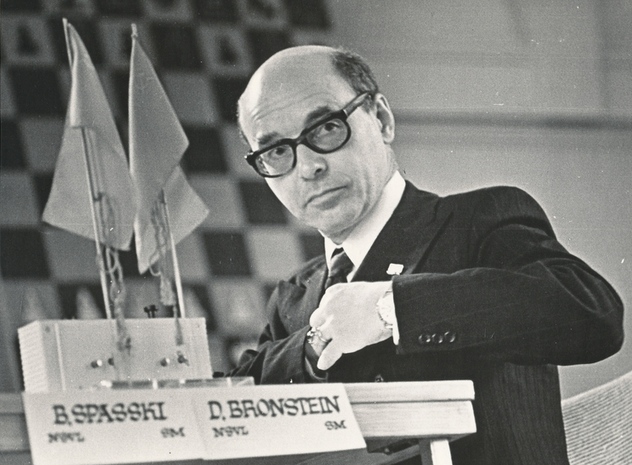 Photo credit: D. Prants, via https://muis.ee
Photo credit: D. Prants, via https://muis.ee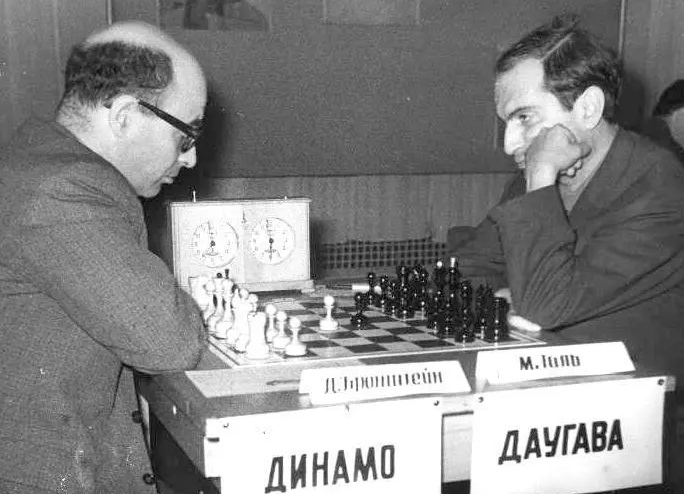
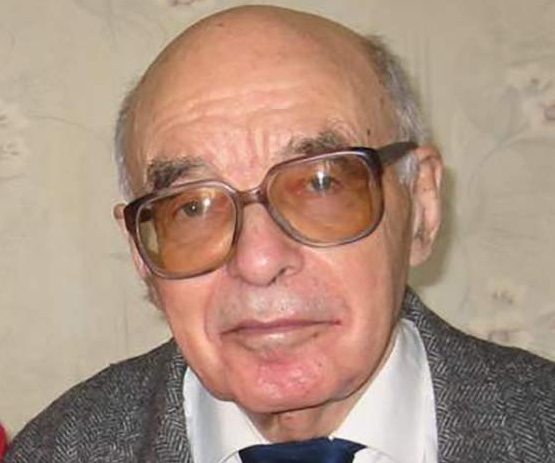 Photo: Anne Fürstenberg
Photo: Anne Fürstenberg



